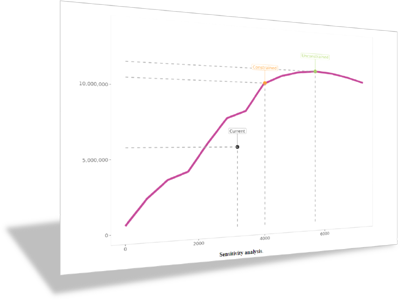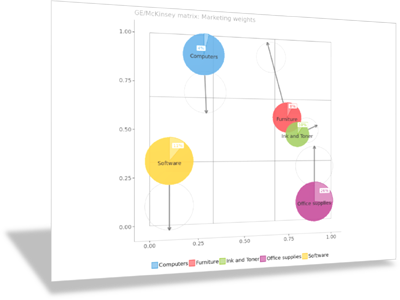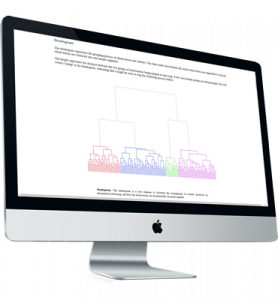Teaching product management

Successful companies have great products (more generally, offerings) that cater to the needs of their customers. These companies also have well-defined product management processes that ensure that existing products are continuously improved and there is a pipeline of new products to ensure their continued future success. Analytics are useful for understanding customer preferences for products and product features (conjoint analysis), for segmenting, targeting, and positioning to ensure new products are targeting to the right customers and are supported by well thought-out marketing programs, and for forecasting future sales of new products introduced into the market.
If you are teaching product management
these are the Enginius models and case studies we recommend for you…
Not familiar with Enginius yet? Click here to discover
how Enginus can boost your teaching.

Bass forecasting
Long-term planning is essential in situations where a new product or technology requires considerable current investment, but revenues from the product are generated in the medium-term or long-term future. The Bass model is a well-tested approach for making such forecasts. Its primary benefit is that it enables a company to plan for various contingencies depending on how the future actually unfolds. The model incorporates scenario analysis, judgmental methods, and market research data into the forecasting analysis. Cases to consider are Ford Hybrid Car and Telepresence Technology.

Segmentation
Whether it’s about designing a new product, or communicating the benefits of an existing product or service, one of the tenets of a good marketing strategy is to understand that no product or service can please everyone. To fine-tune their marketing strategy, managers need to identify and target the right customers, and understand how their needs differ from the rest of the market. And there is nothing better to drive that point home than a good segmentation case study, such as the FLIP, ISBM, Connector PDA, or Pacific Brands business cases.

Conjoint analysis
Every customer would like the highest quality at the lowest price; it is when they have to trade-off between price and quality that they differ. To quantify customers’ preferences is key in developing new offerings. Conjoint analysis helps your students think about customers’ preferences (part-worths) more systematically. If you have already covered segmentation in one or more class sessions, case studies like Kirin Beer or Dürr Environmental would be ideal, since they require students to segment preferences estimated from a conjoint analysis, hence linking these two methods together. Another case to consider is the Forte Hotel which explores the issue of how to design a service to appeal to a target segment.

Resource allocation
Managing marketing resource allocation to an existing portfolio of products is an important aspect of product management in companies that have several products to offer. There are two key decisions: (1) What should be the total spend on the product portfolio? and (2) How that total spend should be distributed to the products in the portfolio? The Syntex product allocation model is a useful case to consider here.

GE McKinsey matrix
While managing a portfolio of products, no one criteria captures the value of an offering. Some products tackle profitable but small markets. Others are expensive to maintain and provide low margin, but are required to maintain the reputation or credibility of a firm, or maintain high entry barriers. When offerings need to be compared on a large set of criteria, the GE McKinsey matrix provides an interesting and systematic way of framing the business problem, and provide an elegant visualization of the product portfolio.




